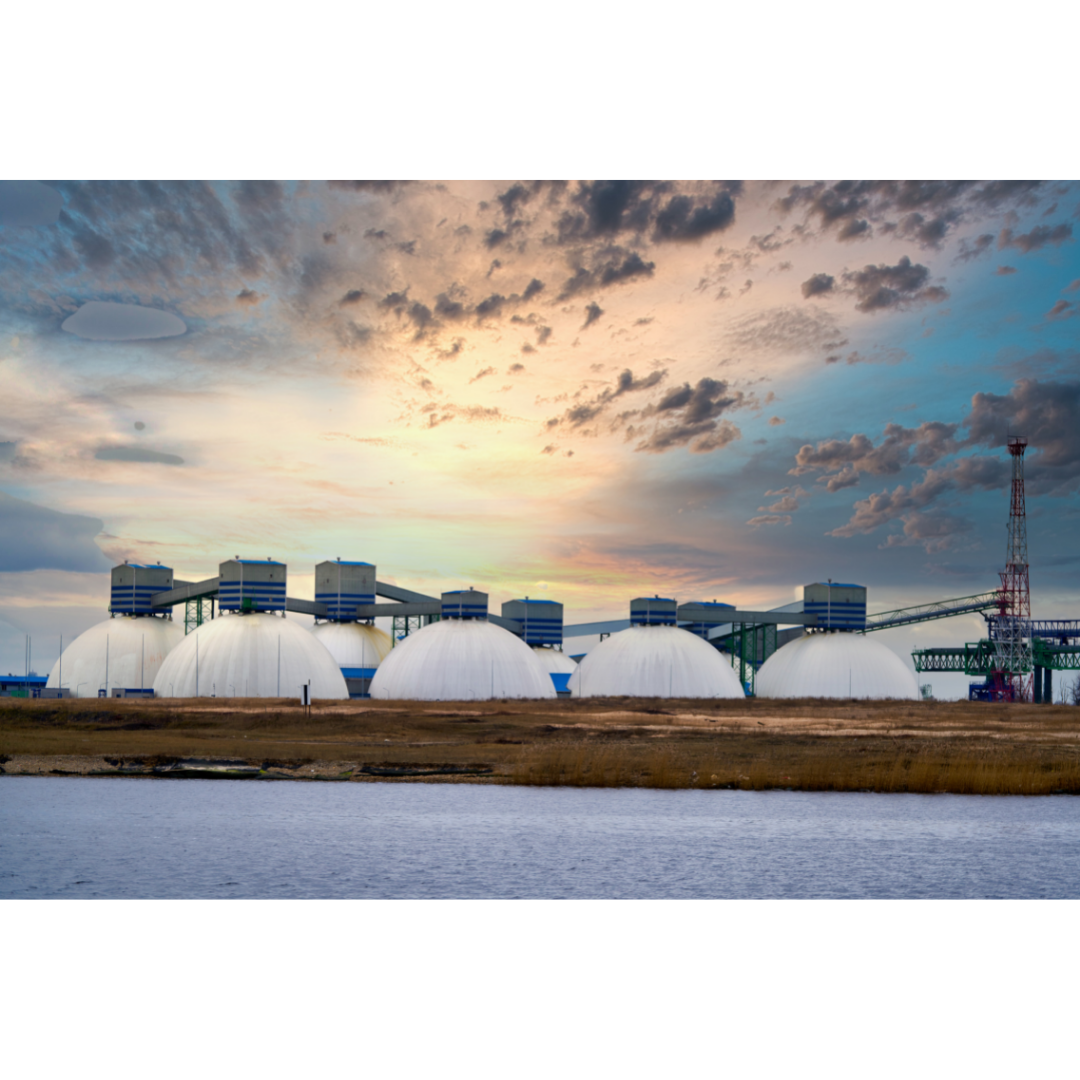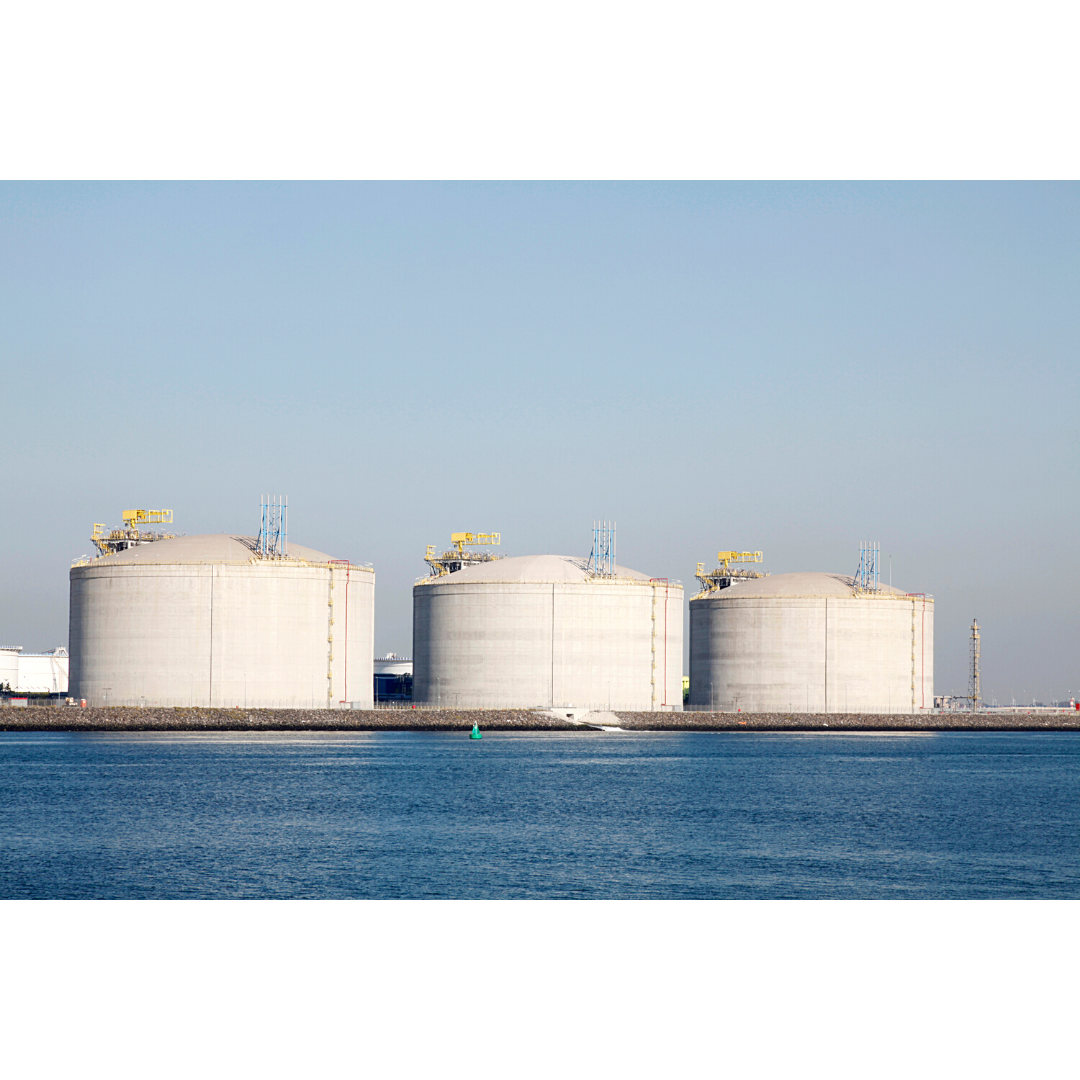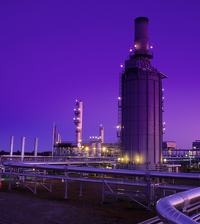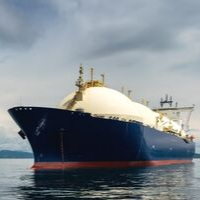
LNG / Gas Plants: Problems & Solutions
There are three key processing units, viz. Acid Gas Removal Unit (AGRU), Mol Sieve Dehydration Unit (MSDU) and Mercury Removal Unit (MRU) that are common in both gas processing, and LNG facilities. In this TOTM, we discuss some common operating problems associated with these process units and suggests ways to troubleshoot the root cause of these op...
View Article

Development of 7% Nickel Steel for LNG Storage Tanks
The construction costs of LNG storage tanks are very high, mainly due to the availability and cost of nickel. Most LNG storage tanks built in the modern era use 9% wt nickel steel as the materials of construction because of the materials well documented toughness at cryogenic temperatures. This article looks at advances in cryogenic metallurgy in...
View Article

LNG Containment Tanks: Why is the internal liner 9% Ni and not 7% Ni?
The base material for the tank containing the liquid gas (such as LNG) at below -165°C (-265°F) must remain ductile and crack resistant with the highest level of safety. The material must also permit welding without any risk of defects, for example, induced brittle fracture. Stainless steels, aluminum and 9% nickel steels can be used as they do no...
View Article

An Introduction into the Air Products and Chemicals, Inc., Mixed Refrigerant LNG Liquefaction Process - What is it, and how does it work?
June 30, 2020
|
Tip of the Month
This Tip of the Month endeavors to provide some current information regarding one of the most commonly applied LNG liquefaction technologies known as the APCI C3/SMR process which is present in over 40% of the worlds’ 33 existing Process Gas LNG Liquefaction Plants.
View Article

Can Boil-Off Gas Meet Engine Requirements for LNG Ships?
November 1, 2019
|
Tip of the Month
This study was undertaken to investigate the composition and Wobbe Index (WI) of Boil-Off Gas (BOG) in an LNG carrier ship.
View Article

Useful LNG Conversions and LNG Parity Value with Crude
October 1, 2019
|
Tip of the Month
This Tip of the Month gives a useful review of common LNG conversions, LNG Parity value and their impact on the market.
View Article




